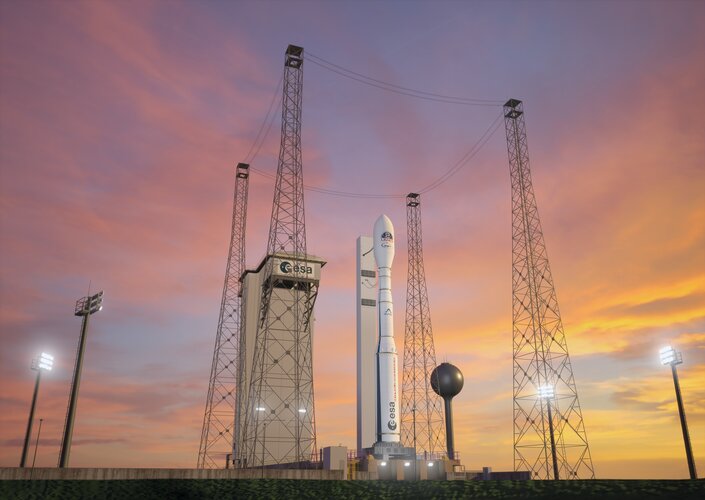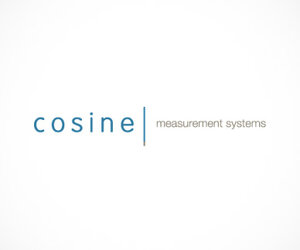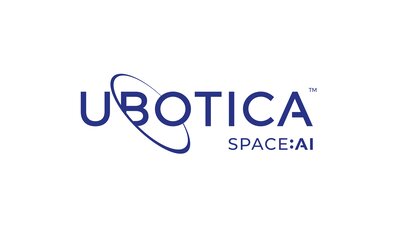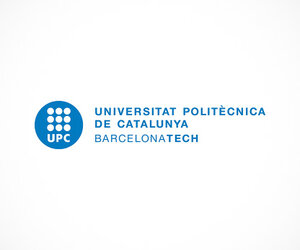FSSCat/Ф-sat-1 ready for launch
The first artificial intelligence to be carried onboard a European Earth observation mission will be launched this week from Europe’s spaceport in Kourou, French Guiana. The pioneering artificial intelligence technology named ɸ-sat-1, pronounced PhiSat-1, will be the first experiment to improve the efficiency of sending vast quantities of data back to Earth.
Earth-observing satellites are delivering a wealth of data on a daily basis, not only to understand how our planet works, but also for use in a myriad of practical applications to improve our lives. With today’s need to understand, monitor and address the current climate crisis, the demand for efficient data is more essential than ever.
As part of the drive to foster innovation and new technology, ESA has worked alongside its partners to develop ɸ-sat-1 – Europe’s first artificial intelligence Earth observation mission – which will demonstrate how satellite data, coupled with digital technologies, can bring benefits to business, industry and science.

ɸ-sat-1 will acquire an enormous number of images that will allow scientists to monitor changes in vegetation and water quality, detect urban heat islands and carry out experiments on the role of evapotranspiration in climate change. ɸ-sat-1’s hyperspectral camera will image Earth in the visible, near-infrared and thermal-infrared parts of the electromagnetic spectrum.
“However, some of the images acquired will not be suitable for use because of cloud cover,” explains Massimiliano Pastena, ɸ-sat Technology Engineer at ESA. “The ɸ-sat-1 artificial intelligence will automatically filter these images out, so that only usable data are returned back to Earth. This will make the process of handling these data more efficient, allowing users access to more timely information.”
ESA’s Director of Earth Observation Programmes, Josef Aschbacher, comments “ESA is continuously pushing innovation to the extreme. ɸ-sat-1 combines the power of artificial intelligence with innovative Earth observation CubeSat technology. This is an experiment to test new technologies and to lower the cost of space missions. It is a crucial step to open up completely new opportunities in the fast-developing domain of Earth observation that will allow tailored information for customised services. ESA is also keen to gain experience on how this combination of technologies could eventually be used in larger-scale operational spacecraft.

“ɸ-sat-1 is an important step forward for Earth observation satellite missions and I am very proud that we at ESA, and our industry partners, are leading the way with this new approach for Earth observation.”
ɸ-sat-1 is an enhancement of the Federated Satellite Systems mission, or FSSCat for short. As the overall 2017 Copernicus Masters winner, FSSCat, was proposed by Spain’s Universitat Politècnica de Catalunya and developed by a consortium of European companies and institutes. The FSSCat mission is based on two CubeSats, each about the size of a shoebox, that will collect data to measure, for example, soil moisture, sea-ice extent and sea-ice thickness.
Updated: New launch date due to unfavourable weather at altitude above Europe's Spaceport. Please check here for further updates.
FSSCat/ɸ-sat-1 will be launched on a Vega rocket from Europe’s spaceport in French Guiana. Tune in to ESA Web TV to watch the launch.
About SSMS
Vega’s Small Spacecraft Mission Service (SSMS) dispenser provides launch opportunities for multiple light satellites with an overall mass ranging from 0.2 kg CubeSats up to 400 kg minisatellites.
The SSMS has a lightweight modular design comprising a lower and upper part each with attachments that can be used to accommodate a range of configurations of satellites depending on requirements.
About Vega
Vega is a 30 m-high, four-stage launch vehicle operating out of Europe’s Spaceport in French Guiana. It is designed to lift between 300 kg and 1.5 tonnes of payload depending on the orbit and altitude.
ESA’s upcoming Vega-C, a more powerful version of Vega, will offer an extra 700 kg of capacity and enlarged volume within a wider launcher fairing at a similar cost to Vega – allowing even more passengers per individual rideshare launch at significant lower cost per kilogram.















 Germany
Germany
 Austria
Austria
 Belgium
Belgium
 Denmark
Denmark
 Spain
Spain
 Estonia
Estonia
 Finland
Finland
 France
France
 Greece
Greece
 Hungary
Hungary
 Ireland
Ireland
 Italy
Italy
 Luxembourg
Luxembourg
 Norway
Norway
 The Netherlands
The Netherlands
 Poland
Poland
 Portugal
Portugal
 Czechia
Czechia
 Romania
Romania
 United Kingdom
United Kingdom
 Slovenia
Slovenia
 Sweden
Sweden
 Switzerland
Switzerland










































